6 Server-side Programming Languages To Pick Up In The New Decade8 min read
With the high in-demand job market today, web development tends to be lucrative. A lot of the developers today choose web-development as their starting point and thrive from it. Front-end development is complicated, but most of the work of the website with users is handled by something in the back. If you are a front-end developer or just a complete beginner and want to pick up a language that works “behind the scene” on the web, this article will introduce to you the top 6 robust server-side languages that you can start learning today.
1. PYTHON
Python was born in 1989 and has been around for more than 20 years. But over the last five years, Python has become more popular, and now its language community is huge. According to TIOBE, compared with the programming language rankings in February 2020, Python ranks third in the top 10 most popular languages.
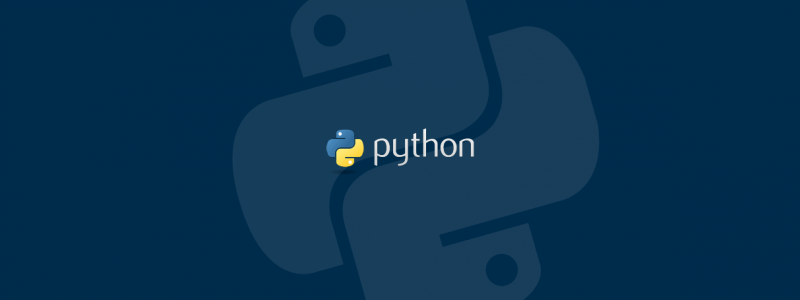
You can code your own from scratch with your front-end development, but when it comes in terms of backend development, set up everything from scratch are arduous and complicated. Luckily, Python already has some powerful frameworks such as Django and Flask that empower clear structures and initial set up and you just have to focus on your main tasks.
Also read:
Advantages:
- Clear form, clear structure, short syntax.
- Easy to learn.
- A lot of top companies are using Python.
- Thriving really quick in the past few years.
- Available on all operating system platforms from UNIX, MS-DOS, Mac OS, Windows and Linux, and other Unix-like operating systems.
- Strongly compatible with Unix, hardware, third-party software with huge library counts (400 million users).
- With ultra-fast processing speed, Python can create programs from super-small scripts to extremely large software like Blender 3D.
Defect:
- There are no such attributes: protected, private or public.
- No loops do … while and switch … .case.
- Run time errors usually occur.
- Although Python’s speed is faster than PHP but not equal Java or C ++.
2. JAVASCRIPT
The most popular programming today is JavaScript. While Java and JavaScript likely to have something in common, but in fact, they are completely different programming languages and each has different usages and paradigms. JavaScript is an indispensable part of the most modern website today.
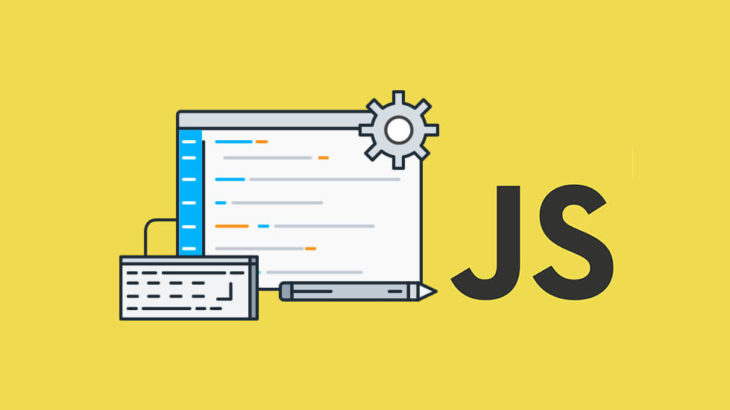
When running JavaScript in a browser you do not need to download any other software. You only need a text editor and a web browser. This is a very accessible language for beginners. JavaScript not only works with front-end development but it also lets you do backend stuff with it. You can work with back-end development by using JavaScript Node.js framework. You can become a full-stack developer with just a single programming language.
Also read:
- Top 5 explicit reasons to learn JavaScript
- Getting Started to Learn JavaScript with Top 5 Free Resources
- Learn JavaScript from MDN Web Docs
Advantages:
- Easy to learn
- Not depends on the operating system. It can run on any operating system with a browser that supports JavaScript
- Simplicity and Versatility
- A bunch of JavaScript frameworks comes out every year, understanding the fundamental of JavaScript is the key to learn new frameworks
- Popularity and Interoperability
- The benefit of being a full-stack.
Defects:
- JavaScript does not have its compiler that is interpreted and run by the browser that supports it. Therefore, if the browser does not support, or does not enable JavaScript, it will not run.
- It can make your web application heavier.
- Poor security. Like Python, the is no such thing as public, protected or private.
3. JAVA
Originally invented in 1995 by Sun Microsystem, Java is currently the most popular language in the world and is also one of the highly paid programming languages used by 9 million developers and runs on over 3 billion applications globally, Java is an important platform for writing applications for Android and many other business software.
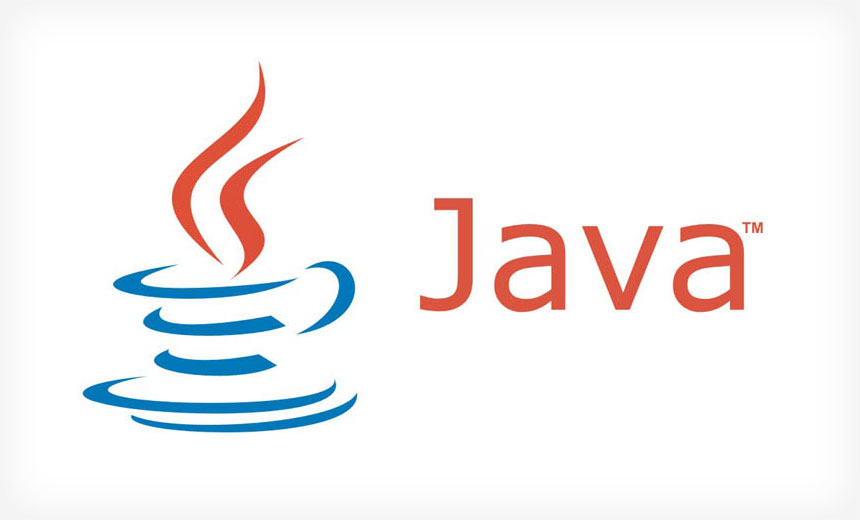
Java is at the forefront of the TIOBE programming community, accounting for a total of 20.79% of the top 50 programming languages and it has risen to 63% on GitHub with many download requests in the last twelve months. The distinguishing feature of Java is that it compiles the source code into bytecode, whereas in other languages It compiles the source code into machine code.
Also read:
Advantages:
- Source code clear and platform-independent
- Java is an object-oriented programming language
- Many available IDE out there created for Java development such as Netbeans, Eclipse and Android Studio.
- Resources for learning are abundant
- Multithreading and Dynamic Language
- Rely on XAMP + Tomcat plugin (easy to configure)
- Works on Linux, possibly on IIS – Windows
- Compatible with all platforms, safe, secure, strong, coherent and clear syntax.
Defect:
- Speed is a bit slow when compared with C/C++ but acceptable
- Quite cumbersome compared with Python or Ruby concerning the lines of code
- There is no control of garbage collector in Java
- The cost increases when memory and processing requirements higher
4. Ruby
Ruby created by Yukihiro Matsumoto – a Japanese computer scientist and software programmer. The language is stronger than Perl and more object-oriented than Python. It is being developed with increasing productivity and let programmers feel enjoyable while coding, Ruby’s code is pretty concise and beautiful, the syntax somehow resembles like Python. Ruby is the programming language behinds one of the most powerful web-development framework called Ruby on Rails.

Also read:
Advantages:
- Easy to learn
- It has a great community
- Object-oriented programming language
- Ruby on Rails framework is considered a transcendental and fastest tool to build web-development
Defect:
- Runtime errors usually occur
- Speed is quite slow
- Documentation and great gems are difficult to find because of its small community
5.PHP
PHP (Hypertext Preprocessor) is an open-source HTML-embedded server-side scripting language that is used to make web applications dynamic and interactive. Some people don’t like PHP. Nevertheless, nearly one-third of websites around the world use the platform of PHP, including the big ones built by PHP such as Facebook, Yahoo, and open-source platform content management system WordPress, which I use to write my blog. At present, PHP programmers are pretty much the company’s aspirations, which shows the demand for PHP is increasing.
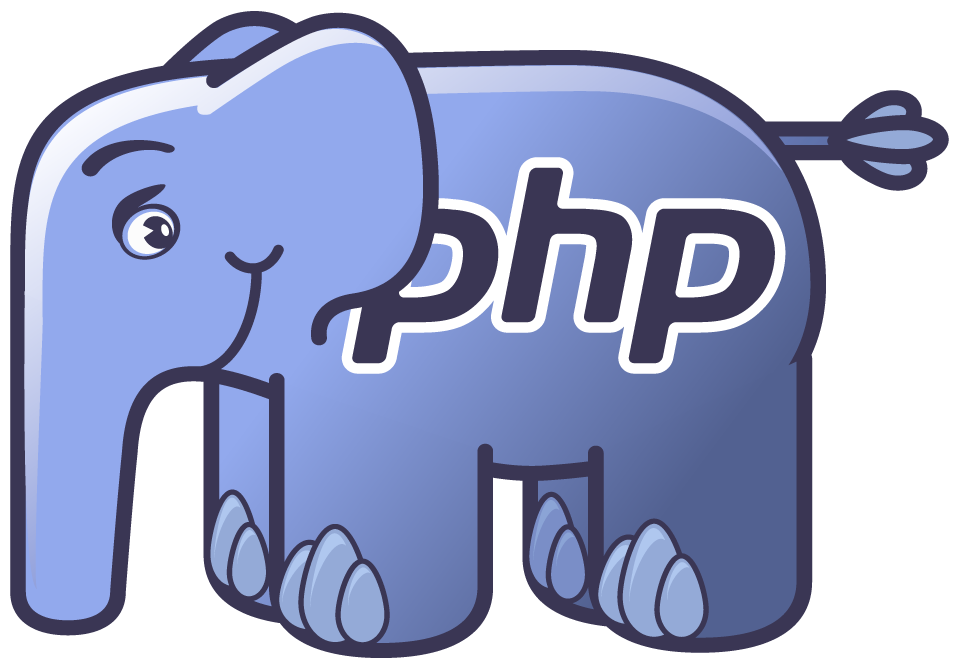
PHP is a server-side language and it is easily integrated with a number of popular databases, including MySQL, PostgreSQL, Oracle, and Microsoft SQL Server and PHP can help you generate dynamic webpage content. PHP usually works with some front-end technologies like HTML, CSS, and JavaScript, it also has plenty of other features.
Also read:
Advantages:
- PHP is open-source and free of cost
- More popular than ASP.NET (can be seen on the number of websites using PHP)
- It’s simple and easy to use
- Rely on XAMP (easy to configure), but you still can choose other development environments
- Easy to connect with a number of database systems.
- PHP is secured and stable
- Powerful library support
- Huge support community of the Internet.
Defect:
- Security is the main concern when using PHP
- Only run on Web applications
- PHP is a weakly typed programming language
- Not suitable for large application
6. Go
Go is a new open-source programming language released by Google in 2011, it’s a statically typed language and syntactically similar to C. Go’s syntax is much concise over Java, runs extremely fast like C and drastically faster than Python and Ruby, safer to work on compared with JavaScript and Node.js, it supports many programming paradigms from OOP to FP. Go is an emerging language that has been an option of many big companies today when working with server-side development.
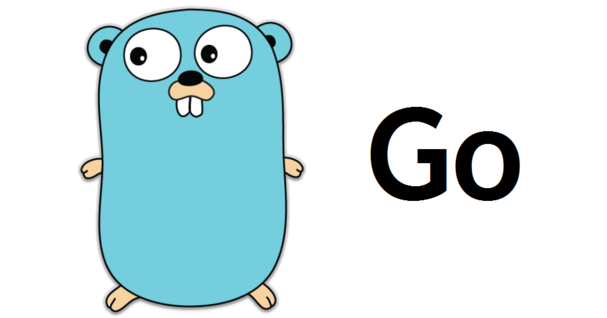
Also read:
Advantages:
- Extremely fast programming language
- Strong security built-in, safe and reliable language
- Strongly and statically typed language avoid vicious runtime errors
- Go has rich support for concurrency using goroutines and channels
- Garbage collector used for automatic memory management
Defects
- No generics support, decreases the level of reusable code
- Very explicit and imperative language
- It has no major framework